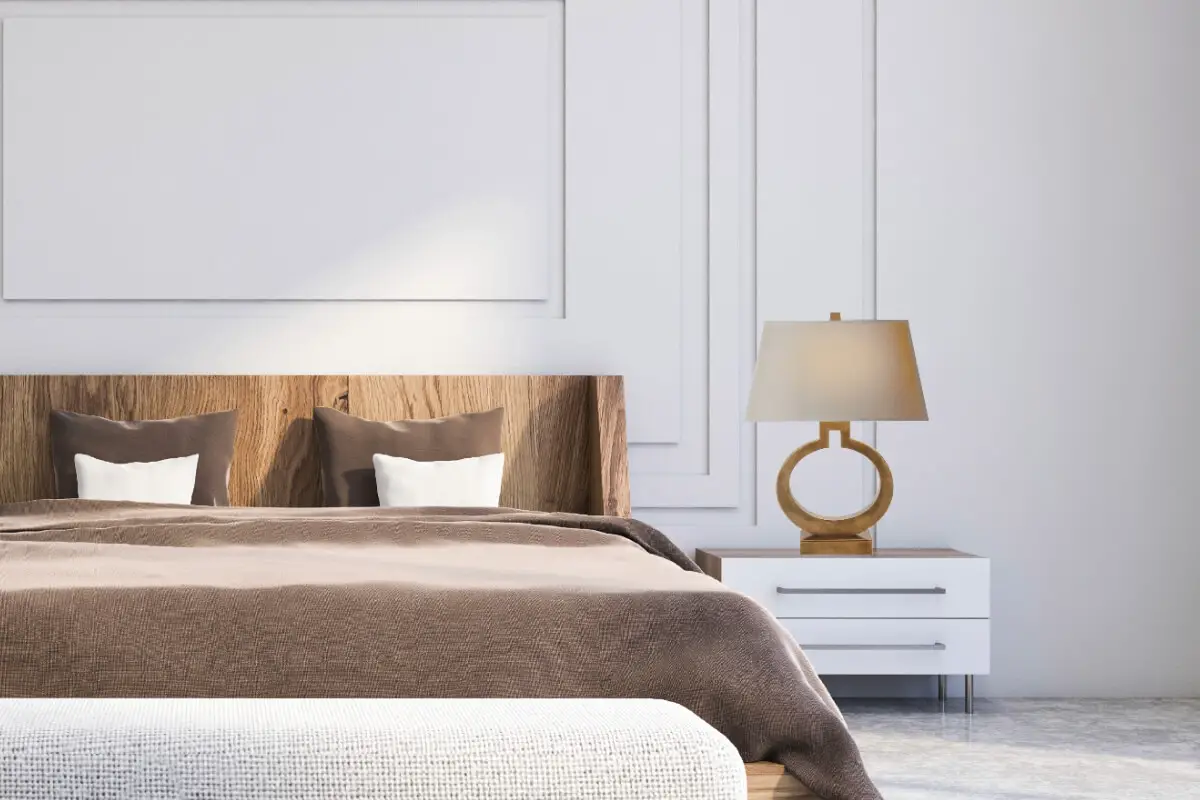The choices could be overwhelming when illuminating our homes, offices, and outdoor spaces. Amongst the myriad lighting options available, incandescent bulbs and LEDs are often at the forefront. These two significant players significantly differ in their working mechanisms, energy efficiency, cost savings, and environmental footprints.
The fundamental operation of incandescent bulbs relies on thermally heated filaments, while LEDs, or light-emitting diodes, function via the motion of electrons within a semiconductor material. This introductory section embarks on a comprehensive review of these contrasting mechanisms.
Table of Contents
- Understanding Basics And Working Mechanisms of LED and Incandescent Bulb
- Comparison in Terms of Energy Efficiency
- Overall Lifespan, Cost, and Environmental Impacts of LED and Incandescent Bulbs
- Related Content
Understanding Basics And Working Mechanisms of LED and Incandescent Bulb
In the Land of Bright Ideas: Understanding the Functionality of LED and Incandescent Bulbs
Could a reinvention of the traditional light bulb be a game-changer in your next tech house update? It’s highly anticipated, buzz-worthy, and hailed as an intelligent investment.
You’ve guessed it right: the LED light bulb is under the spotlight here. How does it stand up against the good old incandescent bulb regarding functionality? Read on.
Thomas Alva Edison may not have considered his 1879 incandescent light bulb a stepping-stone to the illumination revolution we’re experiencing in the 21st century. But that’s exactly it – a revolution that has placed LEDs in the limelight (pun intended)!
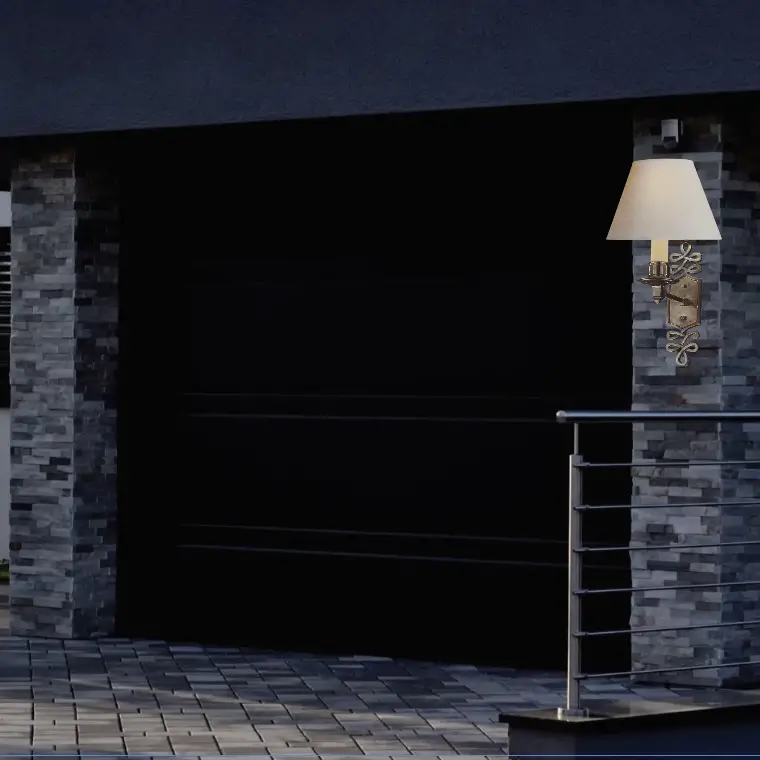
A Standard That’s Becoming History: The Incandescent Light Bulb
An incandescent bulb sends an electric current through a thin wire filament, usually composed of tungsten. The filament emits light as it heats up to roughly 4000 degrees Fahrenheit. Simple, right?
But wait, there’s the catch: 90% of that energy goes off as heat, with only 10% becoming actual light. Consequently, the lifespan of these bulbs is relatively short, somewhere around 1,200 hours.
The Innovative Contender: LED Lighting
LED or light-emitting diodes, on the other hand, use an entirely different method to produce light. Sporting a semiconductor as its light source, an LED produces light when the current flows across the diode, causing the electrons to recombine and release energy in the form of photons, called electroluminescence.
In stark contrast to their incandescent counterpart, LEDs convert over 90% of the energy into light, squandering a minuscule amount as heat. As a result, these are 80-90% more energy-efficient and could last up to 50,000 hours, drastically outliving incandescent bulbs.
Do Lumens Measure Up?
The transition may feel a bit confusing when moving from watts to lumens. However, getting hung up on the wattage of a bulb may give you far from accurate brightness levels.
While wattage refers to how much electricity a bulb uses, lumens measure the brightness. Higher lumens equal brighter light. With that being said, LED bulbs provide the same brightness as incandescent bulbs but use far less energy to do so.
So, with substantial energy savings, extended life span, and similar brightness in hand, LED bulbs easily outshine their incandescent counterparts. And their growing popularity mirrors this fact: They’re set to account for 61% of the global lighting market by 2025.
As tech enthusiasts, we are responsible for embracing the advancements and acknowledging their environmental impact. In this realm, LED lighting marks an emphatic win over the workhorse of the past century, the incandescent bulb.
The future, it would appear, has already arrived in the lighting world, even if some of us are switching on the idea.
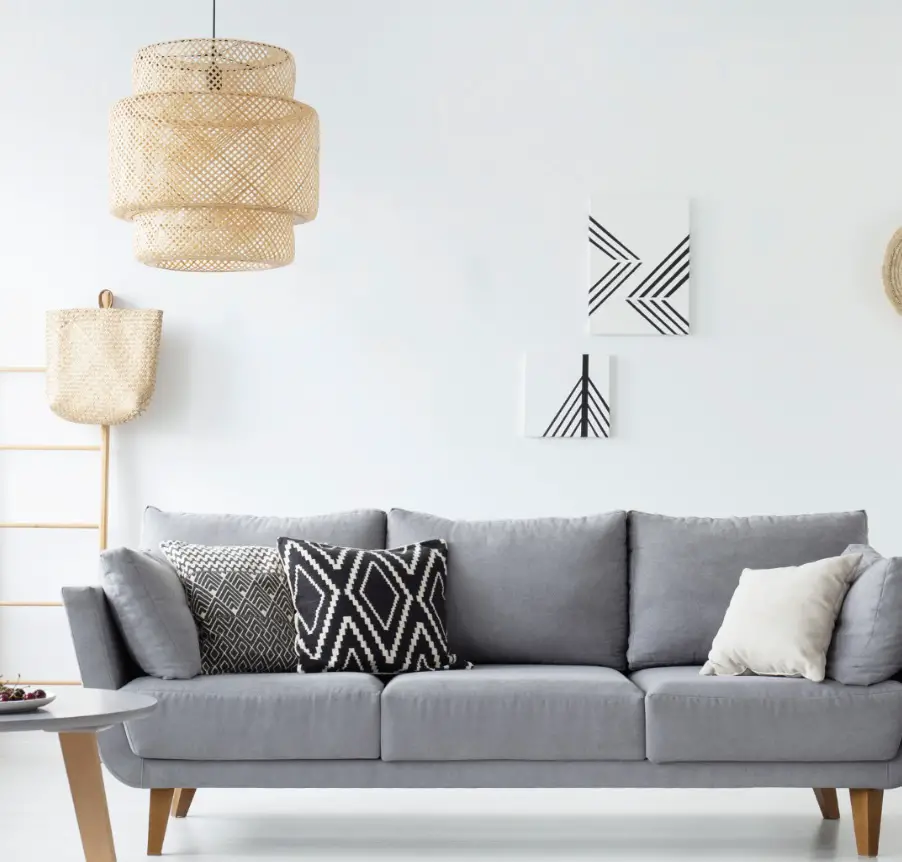
Comparison in Terms of Energy Efficiency
Diving deeper into the comparison between LED and incandescent bulbs, the focus now shifts to the specifics of energy consumption and efficiency of both. While familiar and traditional, incandescent bulbs tend to gobble enormous amounts of energy.
Can you believe that only about 10% of their energy generates light? The remaining 90% is transformed into heat, deeming them incredibly inefficient.
On the flip side, LEDs are a tech enthusiast’s dream – the epitome of energy efficiency. Utilizing around 75% less energy than incandescent bulbs, they’re miles ahead in promoting an eco-friendly lifestyle.
Moreover, they convert a whopping 95% of energy into light, with only about 5% wasted as heat. This is why LEDs can save a significant chunk of change in the long run despite the higher upfront costs.
How do these bulbs achieve such different energy efficiencies? The secret lies in their energy consumption patterns. For instance, consider you have a 10-watt LED and a 60-watt incandescent bulb. Both produce around 800 lumens.
But as you can see, the LED bulb requires much less wattage. This means over time, it will consume markedly less energy, pulling ahead as the greener, more efficient choice.
Furthermore, it’s crucial to emphasize that an LED’s remarkable efficiency goes hand-in-hand with its lengthy lifespan. Generally, LED lighting can last up to 50,000 hours – approximately 50 times longer than traditional incandescent bulbs.
This longer lifespan means less frequent bulb changes, leading to less labor and fewer resources used in manufacturing and shipping replacement bulbs.
It’s undeniable: LED bulbs are the outright victors in the energy consumption and efficiency contest. Embracing LED technology is an individual choice and a stride towards a more sustainable future.
Choosing LEDs over incandescent makes it possible to save energy, reduce carbon footprints, and keep electricity bills in check. That’s a win on multiple fronts! If tech advancements are about intertwining convenience, efficiency, and sustainability, then LED bulbs are indeed leading the way.
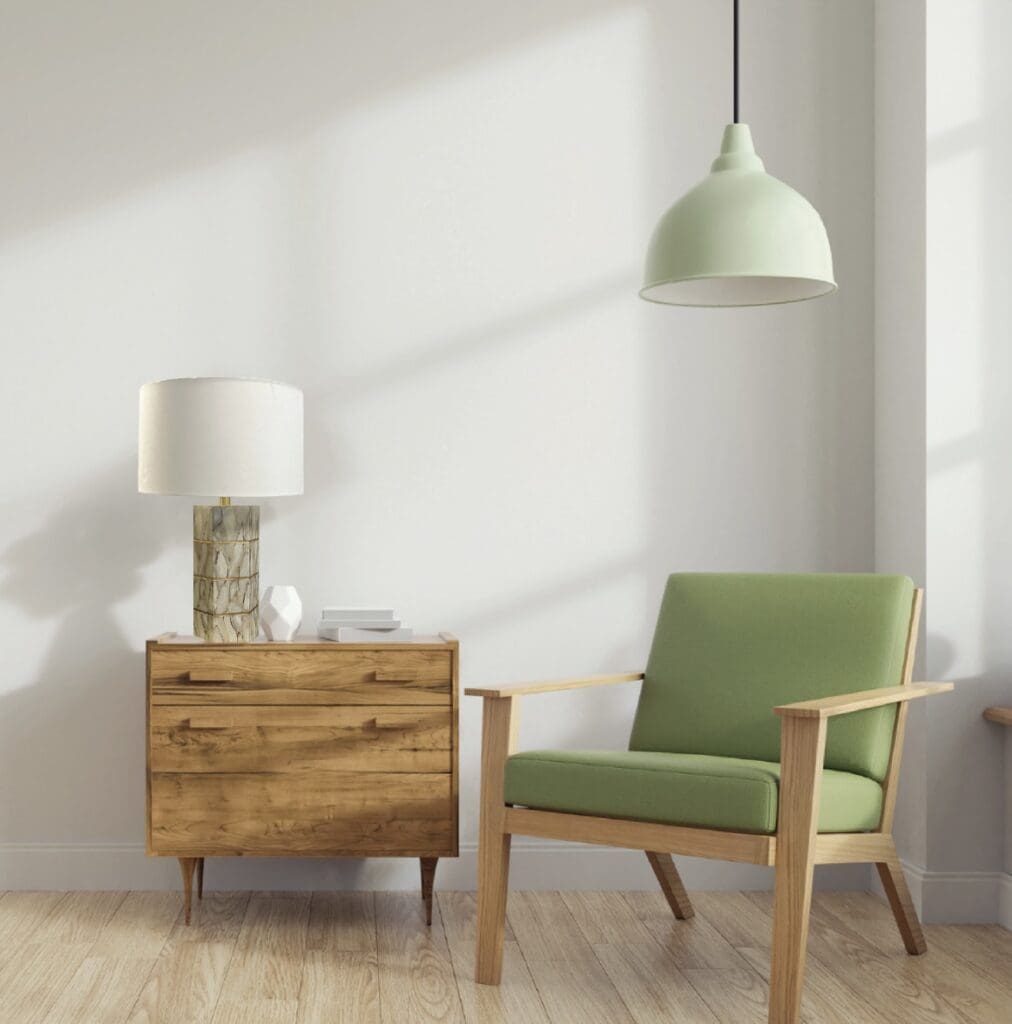
Overall Lifespan, Cost, and Environmental Impacts of LED and Incandescent Bulbs
Leds Vs Incandescent: A Fiscal And Environmental Analysis
Moving beyond the typical talking points comparing LEDs and incandescent bulbs, it’s essential to divert the spotlight onto a different arena: how do both bulbs’ overall lifespan, cost, and environmental impacts compete with one another?
All components considered, LED light bulbs encompass a compelling lifespan advantage. Imagine this: one LED bulb has the potential to outlast approximately 20 to 25 incandescent bulbs.
This staggering figure underscores a valuable point. Essentially, choosing LED over incandescent converts to less bulb replacement, less wasted product, and less drain on our wallets.
LEDs demonstrate economic resilience once the financial perspective is broadened to include long-term energy costs. They consume significantly less energy than incandescent bulbs, which produce lighter electricity bills.
Studies indicate that over its lifespan, a single LED bulb can save over $180 in energy costs – now extrapolate that over multiple bulbs in a household!
Now, let’s address the elephant in the room and dissect the environmental impacts of both bulbs. Incandescent bulbs emit a higher level of CO2 than LED bulbs – around 4.5 times more, to be precise.
This is primarily due to their lower energy efficiency as compared to LEDs. It’s an accidental side effect of the incandescent bulb’s internal design, where much of the energy input is wasted as heat rather than illuminated as light.
In essence, the carbon footprint of an incandescent bulb is considerably larger. The difference might seem marginal when contemplating the impact of a single household changing to LED. However, when envisioned across multiple households, cities, and nations – the potential for drastic carbon emission reduction via this seemingly small change is substantial.
Moreover, resource use in bulb production must be taken into account. Thanks to their repeat commendation for lifespan, manufacturing fewer LED bulbs reduces resource consumption and reduces waste production.
This doesn’t even include the logistic savings in transportation and packaging reduction, another silo where LEDs outshine their incandescent counterparts.
In context, the cost-to-benefit and environmental scales weigh heavily in favor of LED bulbs. Beyond brilliance and brightness, the choice is clear: embrace LED lighting for its performance and fiscal and ecological prowess.
Seizing modern, efficient technology such as this is a bright idea, illuminating the path to a more sustainable future facing pressing environmental challenges.
Investing in LED bulbs is investing in the sustainability of our planet. It is a choice that combines innovation, utility, and responsibility – a choice that illuminates the way forward. So, next time the lights flicker, and it’s time for a replacement, consider the broader impacts and choose LED. Make the brighter choice for your wallet and our world.
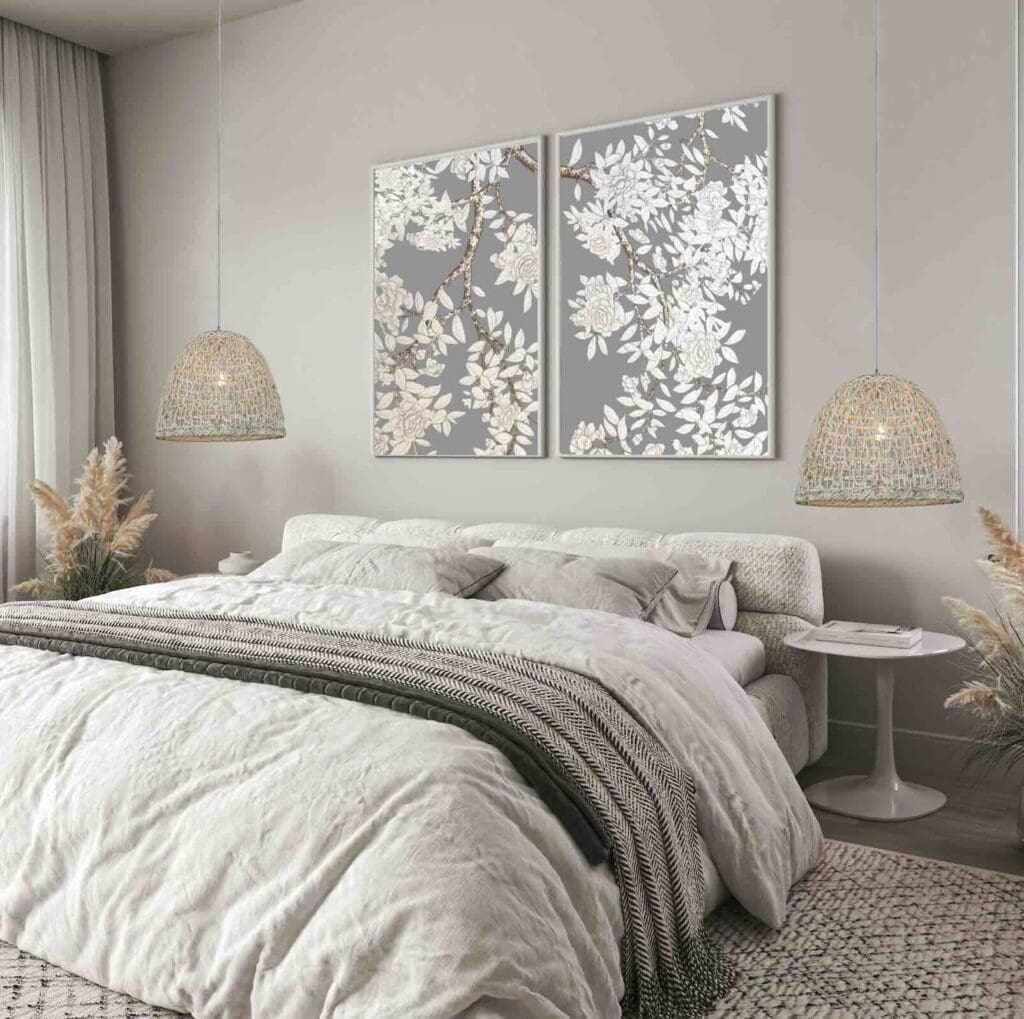
While considering significant factors such as longevity, cost, and environmental impacts, LED bulbs offer substantial savings in the long run despite their higher initial investment.
They provide efficient luminosity with considerably lower energy consumption, translating into considerable cost efficiency and an extended lifespan while minimizing environmental impacts.
The shift towards a more sustainable lighting solution like LEDs doesn’t merely brighten our homes but contributes towards a brighter, more sustainable planet for our future generations.
If you want to see how Mondoro can help you with your Ul Certified lamp needs, we would love to talk to you about how we can help you.
Find out more about how Mondoro can help you create, develop, and manufacture excellent home decor and furniture products – don’t hesitate to contact me, Anita. Check out my email by clicking here or become a part of our community and join our newsletter by clicking here.
Mondoro gives out a FREE Lookbook to anyone interested. You can receive a copy of our latest Lookbook by clicking here.
Listen to our Podcast called Global Trade Gal. You can find it on all major podcast platforms. Try out listening to one of our podcasts by clicking here.
Subscribe to our Mondoro Company Limited YouTube Channel with great videos and information by clicking here.
Related Content
Hand-weaving Faux Rattan In Vietnam, What You Need To Know
Vietnam is a major manufacturer and weaver of faux rattan furniture and other faux rattan items; Vietnam has readily available faux rattan materials and a highly skilled workforce that can weave complex faux rattan wicker furniture and other faux rattan items.
You can discover more by reading Hand-weaving Faux Rattan In Vietnam, What You Need to Know by clicking here.
What Is The Rattan Material Used In Home Decor Products?
Rattan is best described as a climbing palm that will scramble through a forest and grow overall vegetation. Rattan is a very good material for home decor furniture and accessories as it is natural and strong but can also take a variety of stains and paints. There are many steps that must be taken to process rattan properly. Vietnam has a long history of rattan and bamboo production.
You can learn more by reading What Is The Rattan Material Used In Home Decor Products? by clicking here.
Hand Weaving Rattan Mats for Home Decor Products, What You Need To Know
The rattan mats are woven by hand on handlooms with a small electrical motor. The rattan is cut into small pieces and either dyed or left natural before handwoven. The workers who weave the rattan must be highly skilled and be able to work very quickly and accurately. There are various home decor and home furniture products that the rattan mats can use.
By clicking here, you can learn more by reading our blog Hand Weaving Rattan Mats for Home Decor Products, What You Need To Know.

